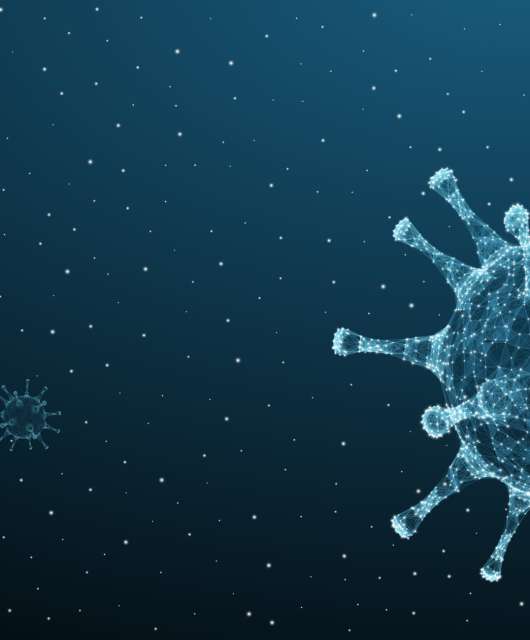Usually when we write about artificial intelligence (AI) on the Panda Security blog it is about a new product or service. But AI can be used for virtually any activity, including changing the world – or in this case, understanding who is changing the world.
Social innovators change the world around them
Since 2008, the European Union has been running a program called the Renewed Social Agenda. The initiative is intended to improve the lives of EU citizens through a broad range of projects.
These projects cover a range of applications, from public libraries to free education to worker’s rights movements. These social services typically operate at the local level and are carefully targeted to meeting the needs of small communities.
But because these projects can be quite small and are not centrally operated, it is incredibly hard to keep track of them. And if you don’t know where or what these social services are, it is almost impossible to assess how successful they are at achieving the goal of improving lives.
So where does AI come in?
To try and answer these questions, researchers from three European universities have developed a new artificial intelligence system. Their tool crawls across the internet analyzing millions of websites to try and discover references to social innovation projects. When a potential project is found, it is categorized and scored before being added to a central database called the European Social Innovation Database (ESID).
The new AI crawler has been incredibly successful too. Already it has identified and recorded 11,456 social projects across Europe. What makes this particularly impressive is that similar efforts have only found between 500 and 1000 sites in the past.
Why use AI?
Could this project have been completed by humans? Yes and no. Given an infinite amount of time and resources, an exceptionally large team might have been able to build a similar sized database. But they would have had to process tens of millions of web pages to find the right information.
Artificial Intelligence systems on the other hand are built to process vast datasets quickly and efficiently. A computer system is far faster than a human for these kinds of data crunching exercises. So it made perfect sense to use AI to create ESID.
What now?
With the ESID up and running, the AI web crawler has already completed its task. It may be used again in future to search for more unknown projects or to check that the information currently held is still accurate. But the reality is that the algorithm (in its current form) is now redundant.
However, the ESID database it managed to build will be invaluable for planners and researchers who want to further improve social innovation projects across Europe. Which goes to show that AI can be used to improve lives as well as corporate profits.








